Having emerged as one of the leading augmented reality video conferencing apps, Spatial is ready to improve upon the experience.
On Thursday, the startup announced that it has closed a $14 million funding round, bringing its total funding to $22 million to date.
- Don't Miss: Microsoft Adds Spatial App Functionality to Office 365's Teams App, Android & Web Interaction Demoed
"With this funding, we're excited to carry on this tremendous momentum and continue to innovate our user experience until every organization around the world can work together seamlessly without the need to travel," said Jinha Lee co-founder and chief product officer, in a statement.
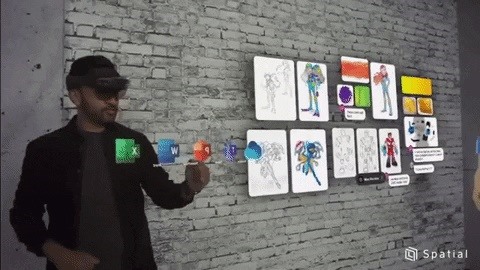
New investors WhiteStar Capital and Kakao Ventures and existing investor iNovia led the round, with participation from additional new investors, namely Instagram co-founder Mike Krieger, Baidu Ventures, and Zynga founder Mark Pincus. Previous investors include such high profile names as Samsung Next and Macintosh co-inventor Andy Hertzfeld.
"Spatial's mixed-reality solution will be a key part of the future of work," said Krieger. "They're taking us beyond everyday tools like Zoom and Slack and pointing the way towards what conferencing and collaboration can be like if they were invented today and I'm excited to support the journey."

The Spatial app enables multiple local and remote user collaboration across platforms using AR headsets like the HoloLens 2 and the Magic Leap 1, as well as forthcoming wearable devices running on the Qualcomm Snapdragon XR2 chipset (where Spatial has had a supporting role at their press events).
Those dedicated AR device wearers can also collaborate using the system via iOS and Android mobile devices, VR headsets, desktop computers. Using this wide array of hardware, Spatial allows users to interact with 3D models, videos, documents, and other digital content in an augmented reality workspace. Some in the workspace can also be represented by realistic 3D avatars, constructed from 2D photos.

"Last year we saw a strong demand to collaborate in AR/VR from more than 25% of the Fortune 1,000, and we announced our first wave of customers such as Mattel, Purina/Nestle and BNP Paribas," said Anand Agarawala, Spatial's co-founder and CEO.
While Spatial has a number of competitors in the AR remote collaboration space, namely Avatar Chat and Mimesys from Magic Leap and the similarly platform-agnostic Arvizio, Spatial's user experience give it a big advantage, and the latest infusion of cash will enable the startup to further improve on its platform.
Just updated your iPhone? You'll find new features for Podcasts, News, Books, and TV, as well as important security improvements and fresh wallpapers. Find out what's new and changed on your iPhone with the iOS 17.5 update.
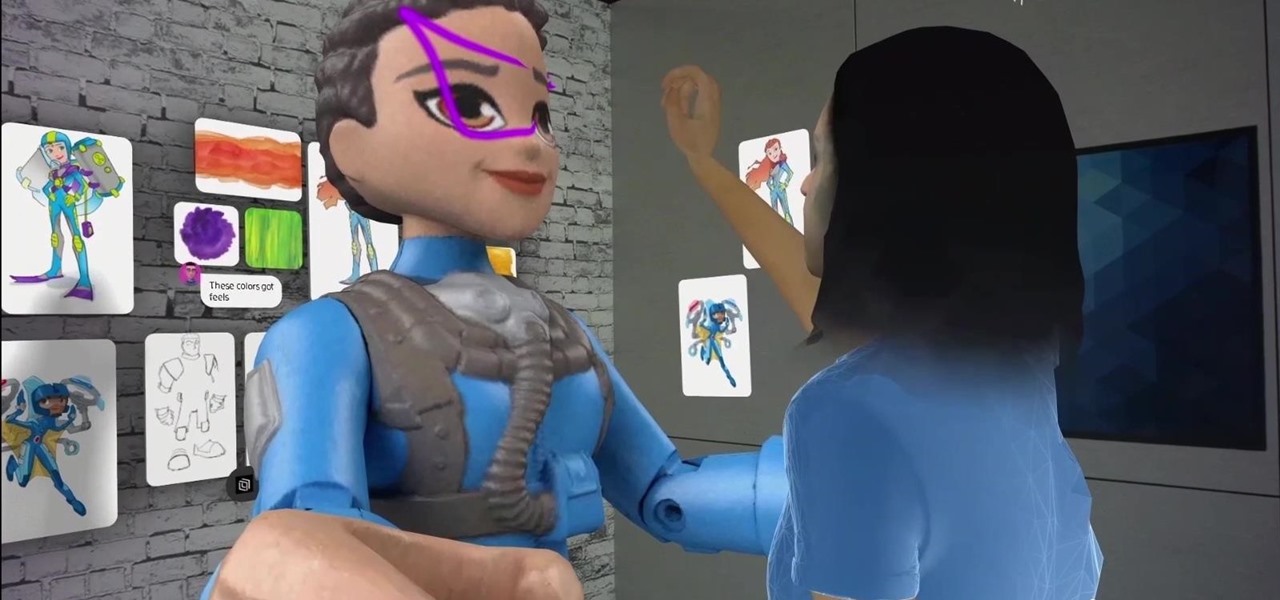


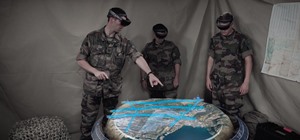
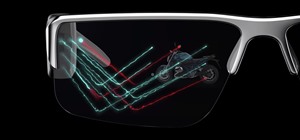






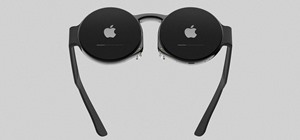



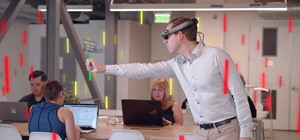


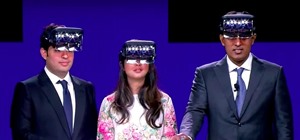



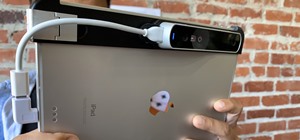
Be the First to Comment
Share Your Thoughts